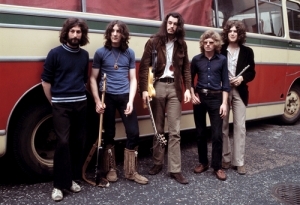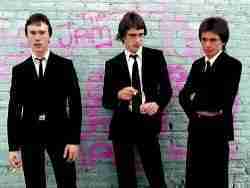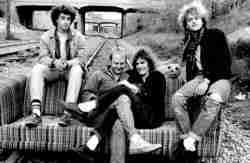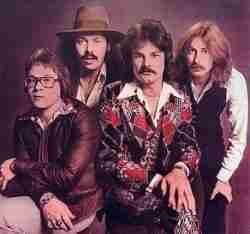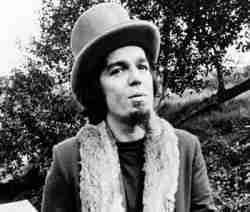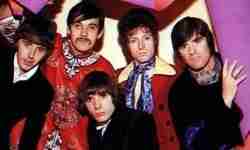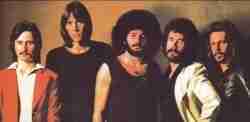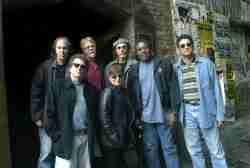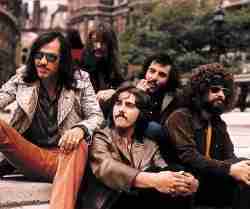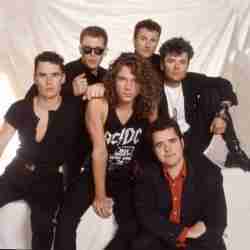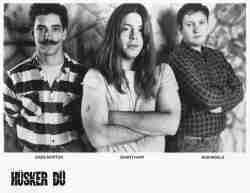Rock and Roll (591)
Music. It has the ability to bring people together. It can stir up hidden emotions. It can cause you to get up and physically move. It can help you through your work day. It separates generations. We could describe it for page after page in terms both specific and vague but music simply means different things to different people. Likely, many of these things were on the mind of the builders of the Rock and Roll Hall of Fame in Cleveland, Ohio, a tribute to those who built up the genre of Rock and Roll.
Their intentions certainly seemed clear enough. Their website states that “The Rock and Roll Hall of Fame honors the legendary performers, producers, songwriters, disc jockeys and others who have made rock and roll the force that it is in our culture”. For our purposes, we are going to focus on the performer section of the Hall. That being said, the first rule of eligibility is very simple. Once an artist has gone twenty five years after the release of their first record, they become eligible. After that it becomes a little murky. The Rock and Roll Hall of Fame states that “criteria include the influence and significance of the artists’ contributions to the development and perpetuation of rock and roll”. Influence and significance is certainly open to interpretation. For that matter, so is Rock and Roll. When Bill Haley sang Rock around the Clock over sixty years ago was he describing a sound, a look or maybe just an attitude? Did the songwriters just like the word “rock”? The origin of Rock music is so difficult to pinpoint its subsequent evolution is just as equally hard to chart.
With these vague parameters we at Not in Hall of Fame put our own committee together and came up with the top 250 artists whom we feel deserve consideration for enshrinement in Cleveland. Are we right? Are we wrong? We know two things for sure; the first is that while compiling this list we felt we could make a viable case for multiple artists to be in our number one slot, the second was that it was a blast coming up with it. Let us know what you think and based on who gets inducted, who becomes newly eligible, your opinions and how our own perceptions change, we will see how we rank them in the following year.
Until then, Keep on Rockin’ in the Free World!
Sincerely,
The Not in Hall of Fame Rock and Roll Committee.



